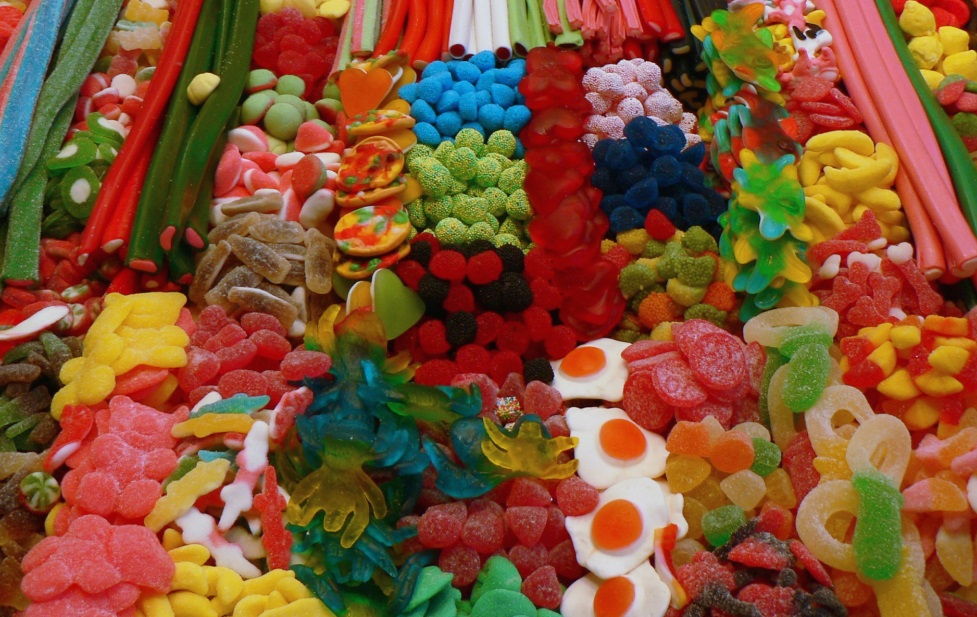We love them, we buy them. Who wouldn’t like gummy candies? Gummy bears, worms, jelly beans, and many other shapes, you can remember. Gelatin is a basic raw material for making favorite confectionery in most cases, including marshmallows. Who would resist the soft candy with a pineapple, orange, strawberry, or apple flavor?
Gummy sweets contain the amino acids needed for collagen synthesis. Hence, they have a positive effect on human joints, tendons, hair, nails, skin, blood vessels and connective tissue. However, this positive influence is being questioned by other sources. They do not contain cholesterol or fats and are therefore preferred to other sweets even though they contain a high proportion of sugar.
Gelatin Production
Gelatin is mainly prepared from boiled bones, skins, tendons and slaughterhouse waste.
Probably you will not enjoy the taste of gummy bears after seeing Le Chemin du bonbon by the Belgian journalist and director Alina Kneepkens:
Pork gelatin is commonly used in the food industry to produce confectionery, and even yogurts.
Good News for Vegans
All gelatin sweets are not produced the same way. Some manufacturers use a plant-based basis for the production of gummy confectionery, especially agar, which is derived from seaweed, or pectin, which can be obtained mainly from apples and citrus. Supporters of healthy lifestyle will appreciate that many manufacturers today use instead of artificial dyes fruit, vegetable and vegetable extracts and concentrates of beet, nettle, spinach, blackcurrant, apples and the like instead of artificial colors. However, the composition of each product needs to be carefully read.
Source: whydontyoutrythis.com/2016/10/did-you-know-here-is-how-gummy-candies-are-really-made.html, vimeo.com/180163754
Credit: pxhere.com, pixabay.com





